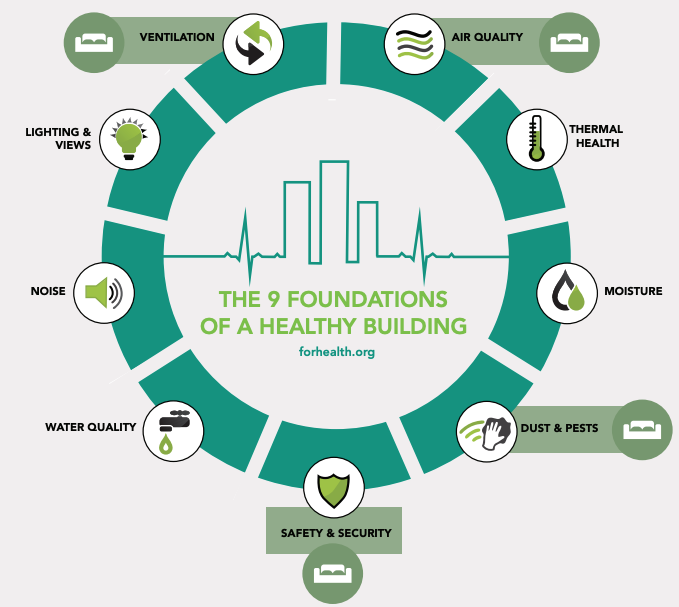Dust is a reservoir for allergens from pests like dust mites, harmful chemicals and air pollution that settles out onto the floor.
The typical person ingests about 50 micrograms of dust per day. For kids, it’s up to 200 micrograms. You’re probably thinking, “Not me, I don’t eat dust!” None of us do intentionally, of course, but dust nonetheless gets into our bodies. As we go through our day we accumulate dust on our hands. When we touch food, or touch our hands to our mouth, some of that dust inevitably gets transferred into our body. So anything that’s in dust can get inside you.
In addition to ingesting dust incidentally, dust also gets into our body another way. After airborne dust settles out onto the floor and other surfaces, like your couch, it can get resuspended into the air when we walk around or sit down. We literally have a dust cloud all around us from these types of activities, just like the Charlie Brown character PigPen. Once those dust particles are back in the air, we breathe them in. So take note of our recommendations here on controlling dust, both the kind that’s on the floor and the kind that’s in the air.
Carpets and floors can be a reservoir for chemicals, dirt and dust, which get continually resuspended when people walk on or play on the carpeting. Vacuums that don’t use HEPA (High Efficiency Particulate Air) filtration may simply be picking up dirt, breaking it up into a million smaller pieces, and then scattering it around your house. A HEPA filter will trap the dust particles before they can be released into the air. Regular use of a HEPA vacuum can help control levels of dust, settled pollen, and allergens from cats, dogs, or pests. You should also maintain your vacuum by emptying the bin and replacing the filter when necessary.
This one is obvious, but we had to say it. Smoking is extremely hazardous to health. So is secondhand smoke. And there is now evidence that thirdhand smoke – the stuff that comes out of cigarettes and then sticks to walls, carpets and furniture – also harbors some of the toxic material from cigarettes. Smoking in the backyard, on the porch, or on the front stoop does not necessarily prevent secondhand smoke exposure, as smoke can infiltrate back inside the home. E-cigarettes can emit toxic chemicals, too. While the secondhand exposure to e-cigs and vapes is less studied at this time, follow the precautionary approach and don’t use them indoors, either.
Any type of combustion causes the release of particles into the air. If you use candles or incense, you are creating small combustion sources inside your home. The evidence is clear – in homes with candles or incense burning there is a sharp increase in airborne particles in the home. Candles are also a fire hazard. So stamp them out for cleaner air.
The chemicals used for flame retardancy and stain repellency have a long track record of being toxic. And new alternative chemicals aren’t necessarily any safer than the past ones. You can now find products like couches and chairs that meet fire safety standards without the use of chemical flame retardants, and you can look for products that offer protection against stains without the use of toxic stain repellent chemicals. Avoid applying “stain repellent” sprays to furniture and carpets.
If you have a fireplace or wood stove, you are no doubt aware of the flammability risks, which you can mitigate by keeping flammable materials away from the fireplace or stove or by putting a screen in front of the fire and regularly having your chimney swept. But fires also pose a risk to air quality, even well after the fire is out. Make sure you have a strong draft sucking fire smoke up the chimney, and keep the flue open for 12 hours after the fire has gone out to prevent particulates and carbon monoxide from entering your home.
